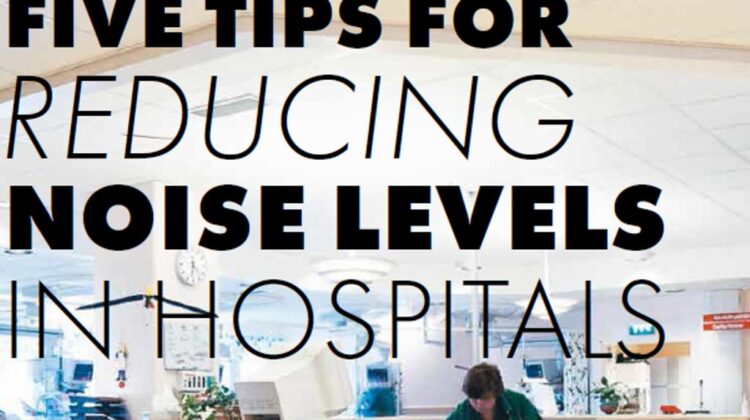
Over the past 40 years, average noise levels in hospitals have increased by a full 15 decibels (dB) reaching levels of around 70 decibels. Exceeding the World Health Organization’s recommended limit of 35 dB for a healing environment!
Members of staff devote about 40 percent of their work time to communicating in one way or another. A suboptimal acoustic environment increases the risk of miscommunication and hence errors. As well as contributing to unnecessarily high stress levels that take their toll on the staff.
Loud equipment noises, alarm sounds, and voices all disturb healing sleep and cause stress to patients. Patients in emergency departments, intensive care units (ICU) and operating theatres, and newborns in neonatal units, are especially sensitive to disturbing sounds.
5 digital tips for reducing noise levels
In a new digital magazine about healthcare sound environment the following 5 tips are discussed and explained in more detail:
- Room design imitating nature
- Reducing equipment noise
- Increasing distance between patient and noise source
- Screens between patients
- Ceilings and wall absorbents that meet hygiene standards
Read the full digital article on reducing healthcare noise levels in the new digital ECO Magazine Healthcare Edition (completely free)
Join the conversation about healthcare sound environments online by using #SafeAndSound

